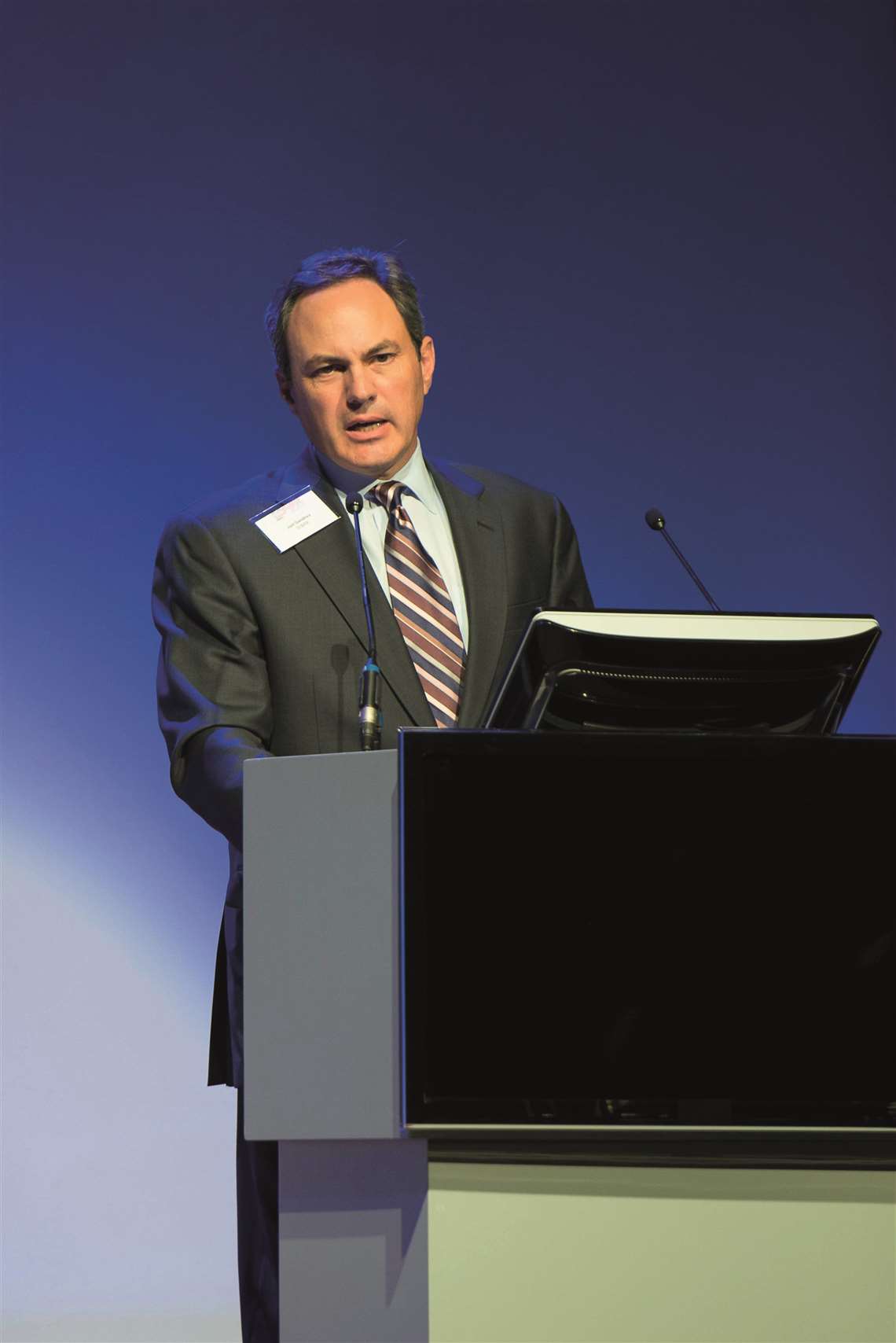Build from within: SCRA Comment December 2020
25 March 2021
 Joel Dandrea
Joel Dandrea
There’s a memorable analogy used in reference to keeping the good employees you already have as a way of strengthening and expanding your company. Basically, if you have a bucket with a hole in it, why keep pouring in water in the hope of eventually filling it?
In other words, plug the hole, and then fill the bucket – an argument for keeping your current workforce skilled up, stimulated and committed to the company.
Especially in a time when finding and keeping talent is a project within itself, and losing what talent you do have often proves harmful to your business, more and more companies should probably look inward at what it takes to both keep and evolve your present workforce.
People leave an organisation for many reasons; aside from money, experts say we’d likely be surprised to know how many people leave a job because they’re simply not motivated, not interested and they don’t feel appreciated or part of a growth process. In fact, most employees want to keep learning, keep being challenged, keep getting better, versus just pulling the plough.
Ultimately, in a competitive space like construction and transport, it doesn’t take much for an employee to start feeling undervalued, and whether the grass is greener on the other side or not, if or when workers feel unnoticed or taken advantage of, they’ll start looking elsewhere – and you might find yourself trying to fill that bucket all over again.
New workforce
It’s been said the number one desire for employees in almost any vocation is to feel significant and feel like the work matters. That said, it couldn’t hurt to look out over your company on a regular basis and ask as much about the people you employ. It will no doubt give you a better appreciation for each person but also represents an exercise in good leadership and potential growth. Over the long run, it’ll probably save you significant time, energy and money. If the theory serves correct, when the people working for you know you’re dialled into their success, they’re often inspired to cultivate yours.
No doubt developing employees is challenging and complicated. It requires a considerable investment in money and time from managers, supervisors and the HR department, which can be a reason many companies don’t do employee development well. The entire equation can get a little turned around, with employees waiting for the organisation to develop them, and the organisation waiting for employees to come to them and articulate how they would like to grow and develop.
But that’s what leadership is about in the end – staying connected to both executive concerns, and on-the-ground priorities. Both realities comprise people who can either keep your business trending steadily upward, or perpetually stuck in motion.
At this point, most of us are aware that the “new workforce” – a combination of Millennials and Gen Z – are not only the largest generation entering the working world, but bring with them a whole new set of expectations, skill sets and priorities. But beyond that, the average Millennial worker now changes companies about every 3.5 years. Industry statistics, however, reveal it’s not because they’re necessarily unhappy but because there is a lack of challenge and growth.
All told, a younger workforce coming in shouldn’t have to teach us, as leaders, what we should be practising with our workforce regardless of age. “Keeping them happy” can and should be interpreted as: keeping them inspired to stay on because they know you see them, hear them and care about their success. In practice, this might just be the most profitable decision you make during challenging times.
STAY CONNECTED


Receive the information you need when you need it through our world-leading magazines, newsletters and daily briefings.





